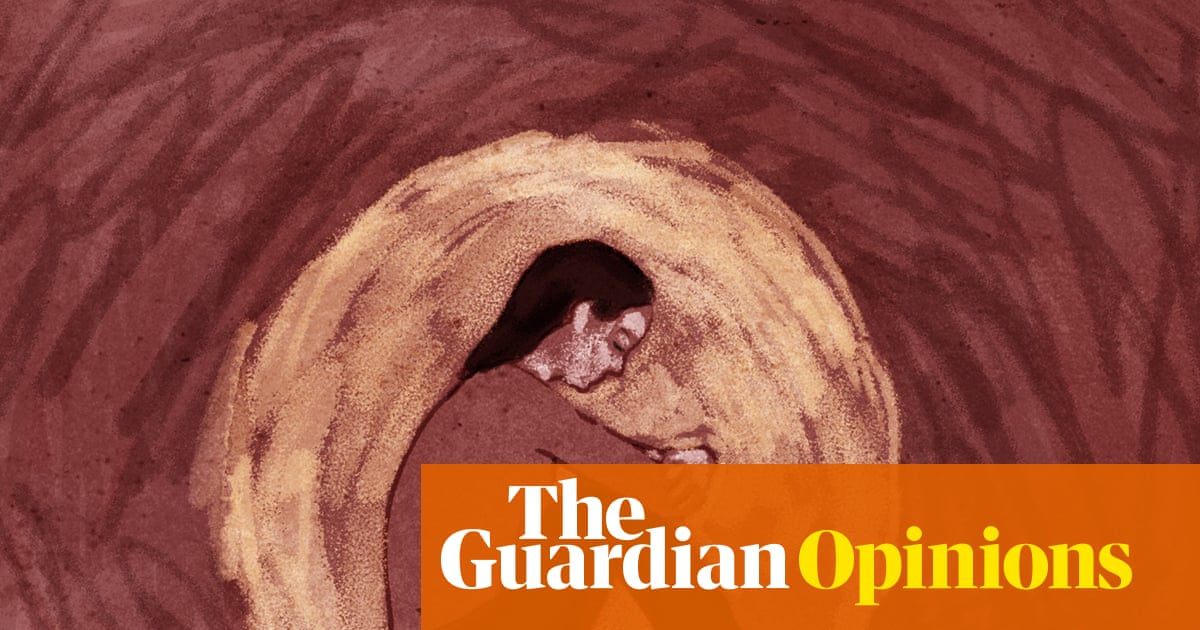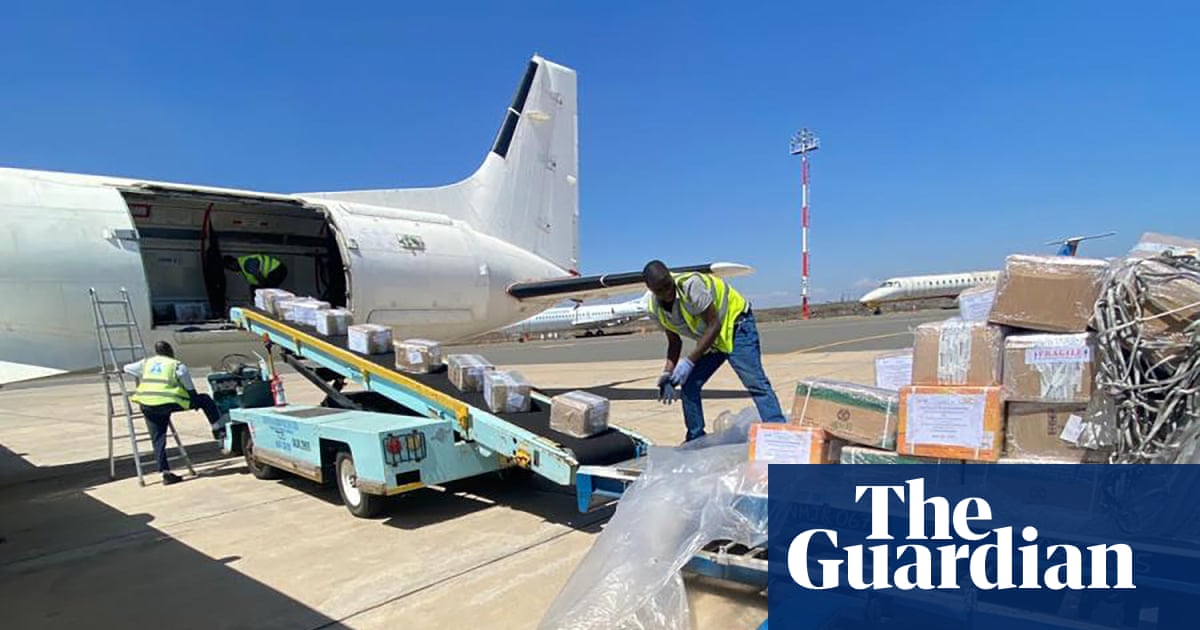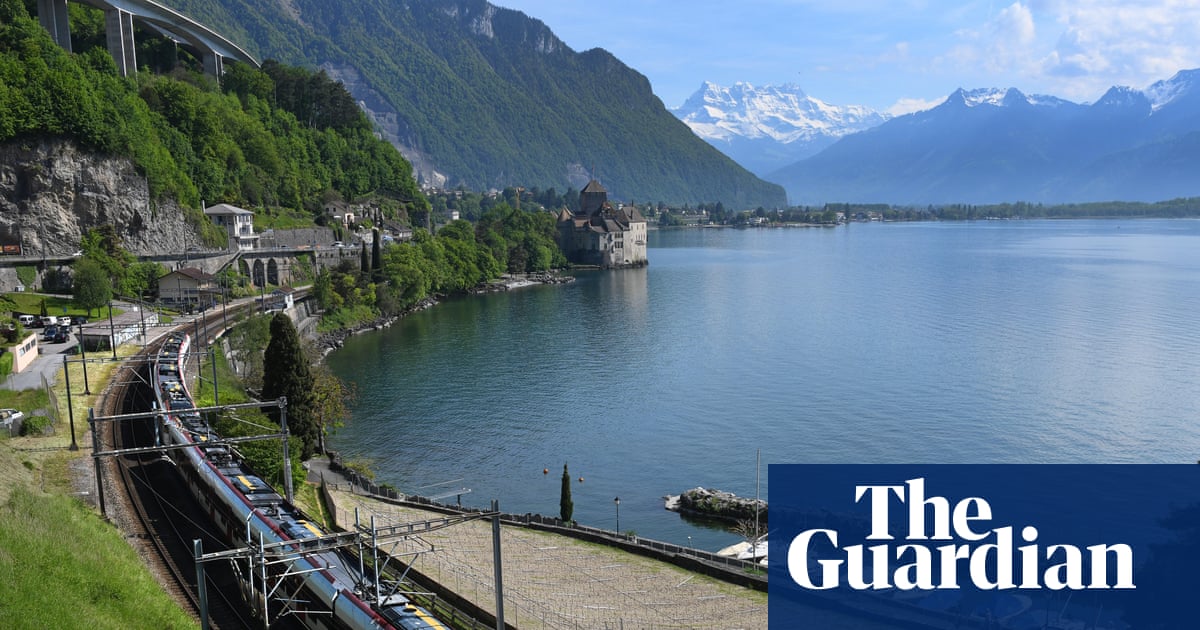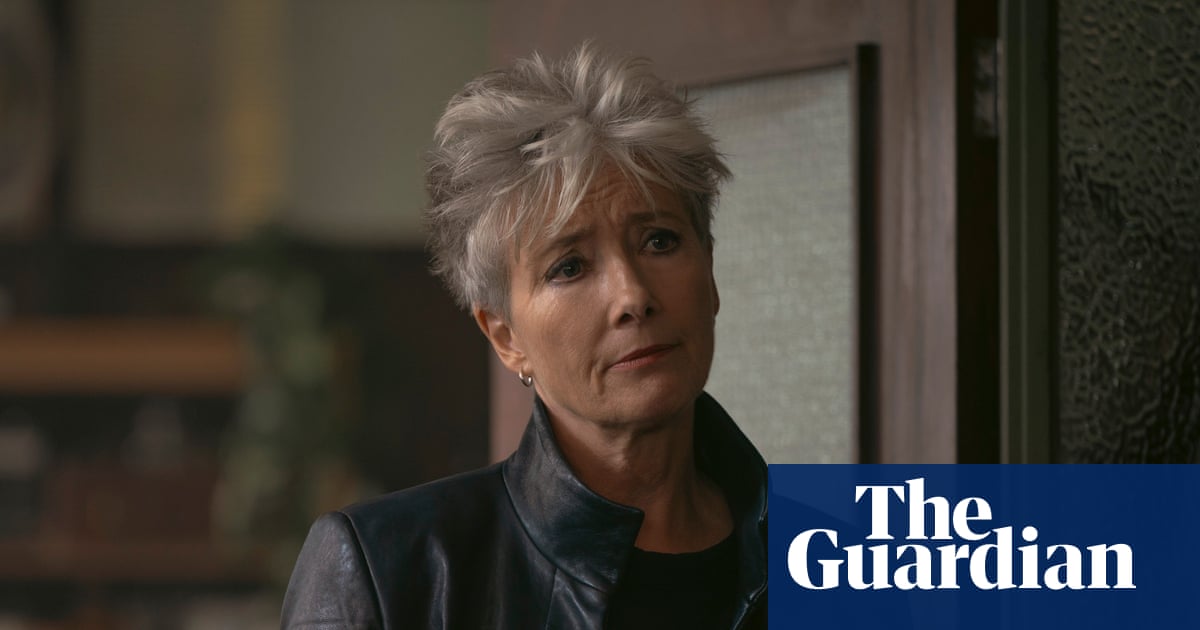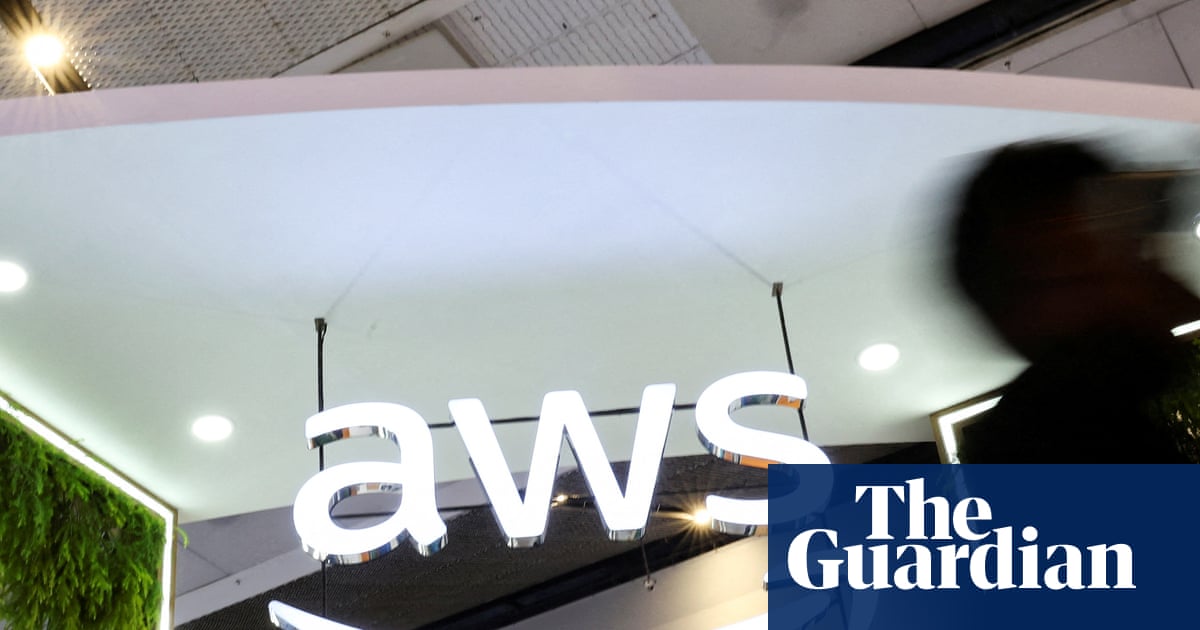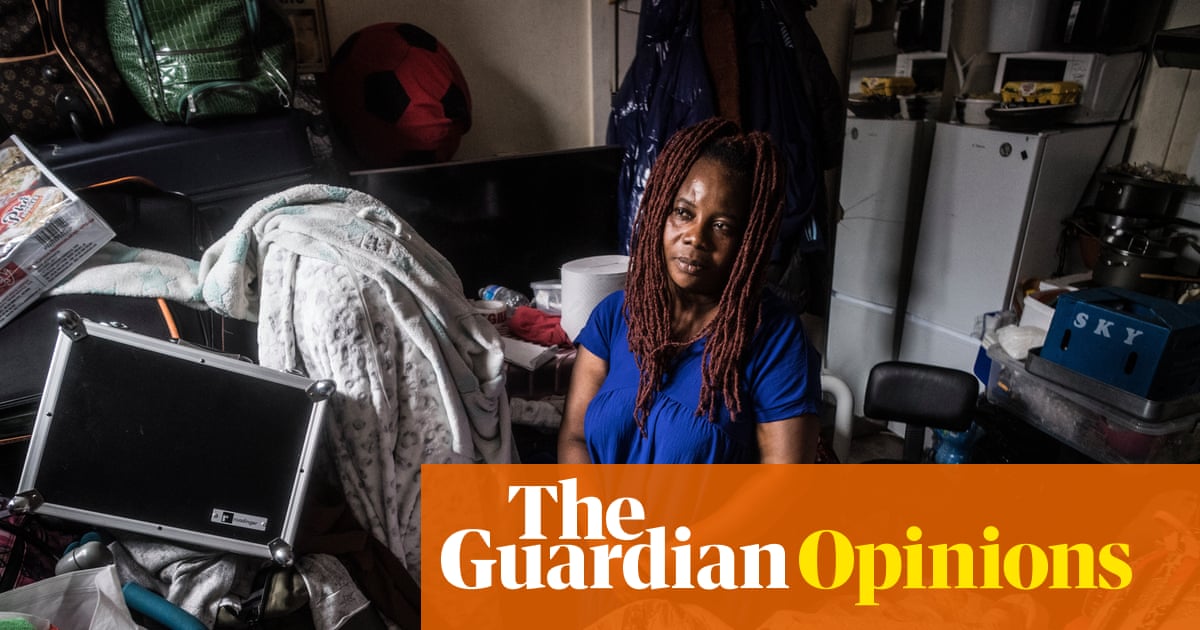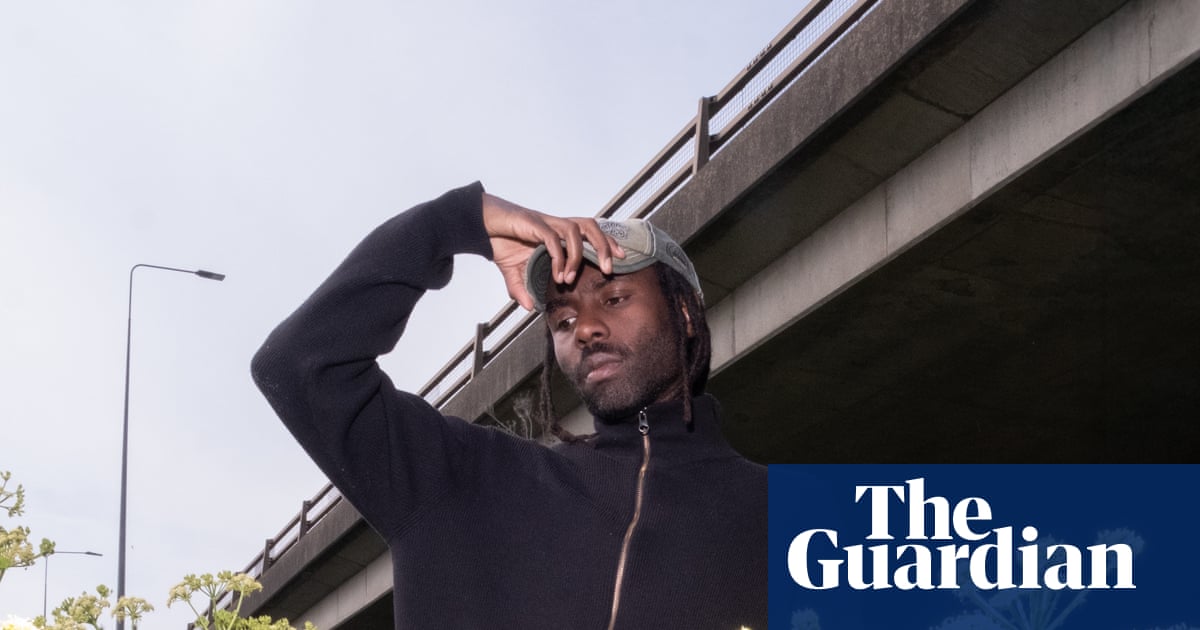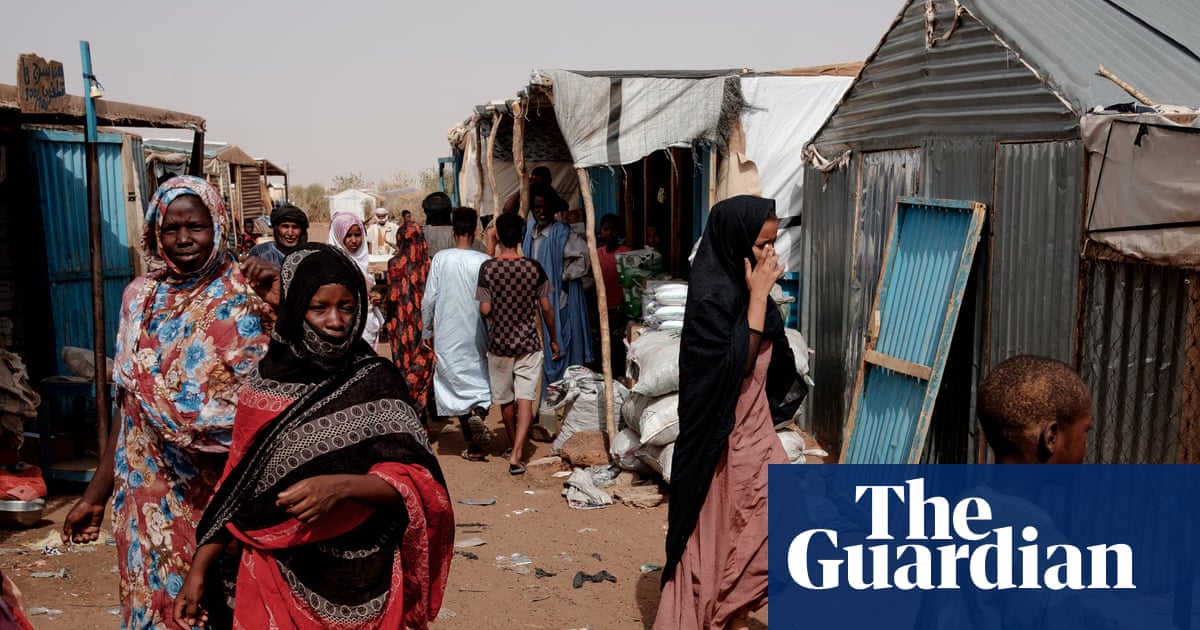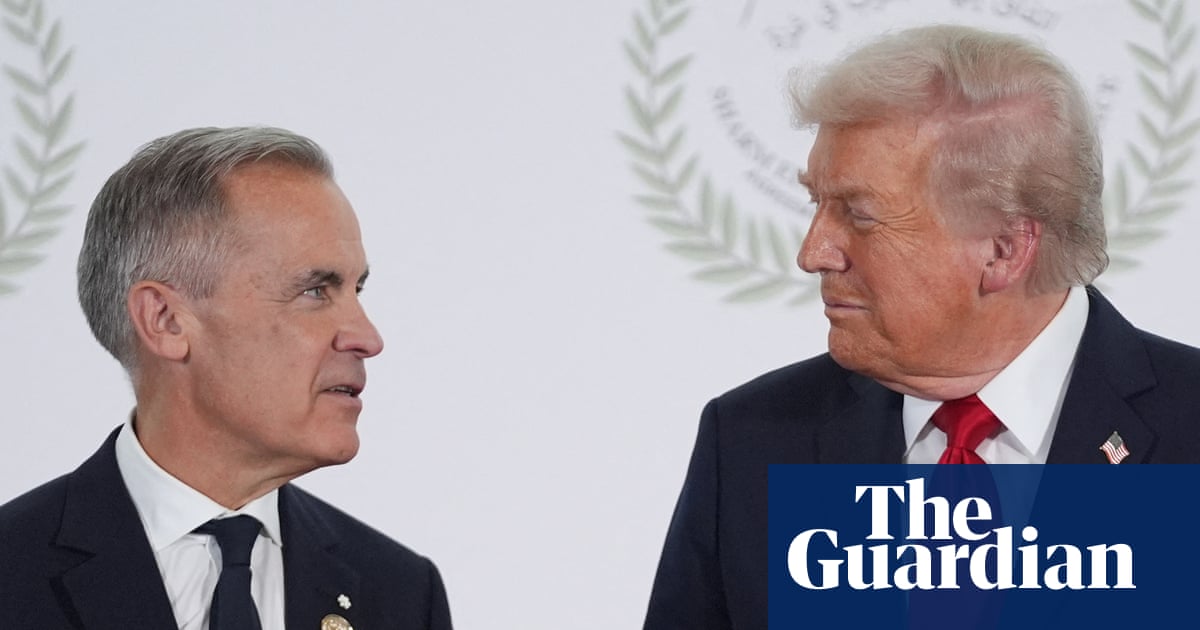Deep below the surface of the Pacific Ocean, the seafloor is dotted with clusters of brown and black rocks, each containing valuable metals.
The rocks, known as polymetallic nodules, hold reserves of critical minerals that could be used to power clean energy and fuel a new industrial future. In the Cook Islands, a nation halfway between Hawaii and New Zealand, exploration vessels are mapping the mineral-rich seabeds.
Here, the US and China are both exploring the resource potential – setting up a new strategic battle between the world’s two most powerful countries.
Geopolitical analyst Jocelyn Trainer from Terra Global Insights says the two superpowers are jostling for influence and determined to “race each other to the bottom of the sea”.
“We really see this competition to be the first – whether that’s the developer, producer, or the physical first at the bottom of the sea,” Trainer said.
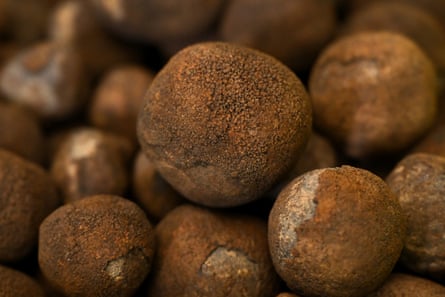
Exploring the Pacific
Demand for critical minerals – including cobalt, nickel and manganese – has surged as nations race to power clean energy, defence and AI technologies. With land-based reserves diminishing and much of the market controlled by China, attention is turning to the deep sea.
Commercial deep-sea mining is yet to take place anywhere in the world. It remains controversial due to concerns over the environmental impact, and dozens of countries have called for a moratorium on the practice.
Nevertheless, with some of the most significant deep-sea mineral reserves in the world, the Pacific has emerged as a key site of competition – the Cook Islands in particular, which has among the largest ocean territories in the Pacific and is actively exploring its seabed resource potential. It currently prohibits seabed mining but its government has been exploring the possibility of commercially developing underwater resources while conducting technical and environmental assessments to guide any future activities. It says it will only move forward with harvesting once the scientific basis is clear.
In April, Donald Trump signed a controversial executive order to ramp up deep-sea mining activities in American and international waters. This month, a US research vessel is mapping parts of the Cook Island’s underwater territory and collecting data. It will provide $250,000 in “technical assistance” to the Cook Islands to support capacity building, knowledge exchange and attract investment to the sector.
In a statement, the US state department said it supports the advancing of science to “inform seabed mineral development and responsible mining activities in the Pacific”.
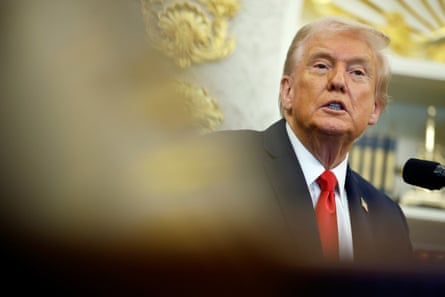
China appears to have similar ambitions.
Earlier this year, Beijing signed a deal with the Cook Islands to cooperate on seabed mineral development and research, including forming a “joint committee” between the governments to oversee this work. The Chinese government did not respond to questions about the agreement.
China now holds more exploration licences in international waters than any other country. It is also reportedly considering a partnership with another Pacific nation, Kiribati, to explore its deep-sea resources.
The Cook Islands has granted exploration licences to three companies – two of which are American and a third owned by the Cook Islands – to analyse its ocean floor. The government did not respond to the Guardian’s questions.
Beyond the Cook Islands, the Clarion-Clipperton zone – a mineral-rich expanse of Pacific seabed between Hawaii and Mexico – is also a key area of interest for both the US and China.
Still, deep-sea mineral exploration remains deeply contentious. Around the world, 38 countries – including several in the Pacific – have called for a moratorium on the practice, while some Pacific nations including Nauru, Kiribati and Tonga have joined Cook Islands in exploring its potential.
Some scientists have warned of large-scale, severe and irreversible harm to ocean ecosystems if mining goes ahead, with impacts including harmful noise, vibration, sediment plumes and light pollution.
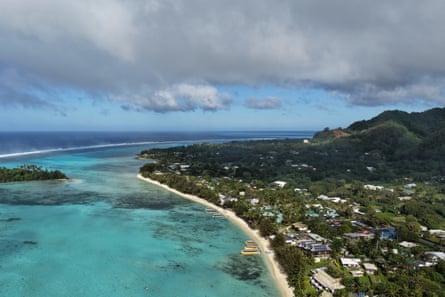
Fears for ‘fragile’ ecosystems
Douglas McCauley, professor of ocean science at the University of California, says he is concerned that intensifying competition to mine the deep sea may harm vulnerable underwater ecosystems.
“The mining that’s being proposed would happen in some of the most fragile or the least resilient ecosystems on the planet,” McCauley says, adding that he is particularly concerned about the impact of “wastewater plumes” that would be discharged into the sea once minerals were extracted.
In its agreement with the Cook Islands, China has said it will follow “the spirit of international law, including the principles of the United Nations convention on the law of the sea”. The convention sets out the legal framework for managing and protecting the world’s oceans, including mineral resources in international waters.
Unlike China, the US is not a signatory to the law, and Trump has been criticised, both by China and others, for directing agencies to “expedite” seabed mining in both US and international waters despite not being party to this international convention.
McCauley too warns that the geopolitical race for critical minerals risks opening the door to a new era of unregulated exploitation, calling it “a very dangerous opening of Pandora’s box”.
Meanwhile, back in the Cook Islands, views of deep-sea mining remain mixed. Some fear for the health of their ocean; others see it as a safe way to develop the nation.
Edward Herman from Cook Islands’ Seabed Minerals Authority, a government agency, says the Cook Islands is “only collaborating at this stage on marine science research to improve our understanding of our ocean” with both China and the United States.
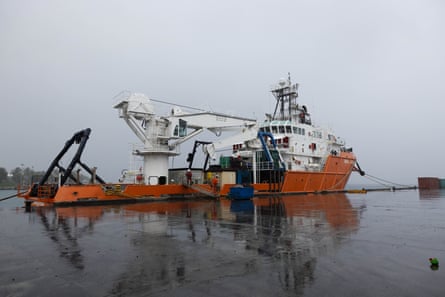
Alanna Matamaru Smith, director of the Cook Islands environmental group Te Ipukarea Society, is calling for independent oversight, warning the environmental research is being shaped by the same companies and foreign powers that hope to profit from the nascent seabed industry.
“At the end of the day, the research is still being developed by the mining companies, as well as relying on China and the United States to come in and provide data,” she says.
Smith worries that as the world’s superpowers circle, her country’s priorities might be drowned out.
“They’re these mighty states in the world,” she says. “And we’re the little Cook Islands.”

 5 hours ago
10
5 hours ago
10
